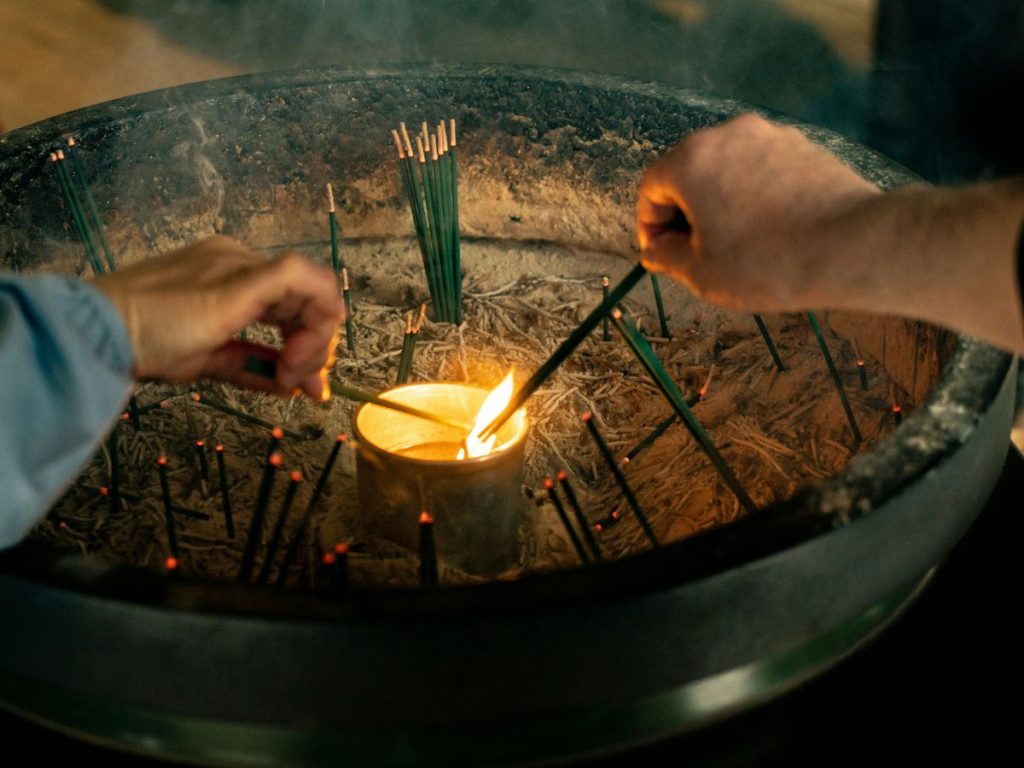Baek-il (백일, pronounced “baek-il”) is one of Korea’s most cherished and traditional celebrations, marking a newborn’s 100th day of life. This milestone has deep historical and cultural significance, rooted in Korea’s past when infant survival was uncertain due to high mortality rates. Over time, Baek-il has evolved into a meaningful family event, blending tradition with modern celebrations.
The Origins and Significance of Baek-il
Historically, infant mortality rates in Korea were alarmingly high due to poor medical conditions, lack of vaccinations, and challenging living environments. The first 100 days were seen as the most critical period for a newborn’s survival. If a baby lived beyond this point, it was believed they had a much higher chance of growing into a healthy child. Thus, Baek-il was a joyous occasion for families to express gratitude for the baby’s survival and to pray for their continued health and happiness.
Additionally, Baek-il carried spiritual and superstitious elements. Many Koreans believed that newborns were particularly vulnerable to evil spirits, so families often kept them indoors and avoided exposing them to strangers during the first three months. On the 100th day, families would officially introduce the baby to extended relatives and friends while seeking blessings for the child’s future.
Traditional Baek-il Customs

Baek-il celebrations are deeply rooted in Korean customs and vary slightly depending on the family’s preferences. However, some traditional elements remain central to the event.
1. Offering Rice and Other Foods to the Gods
A key aspect of Baek-il is making food offerings to the household gods or ancestors as an expression of gratitude for protecting the child. White rice cakes, known as “baekseolgi” (백설기), symbolize purity and a fresh start. Families would also prepare other traditional rice cakes like “songpyeon” and “injeolmi.”
2. Sharing Rice Cakes with Neighbors
It is customary for parents to distribute rice cakes to at least 100 people, including neighbors, friends, and extended family members. This practice symbolizes sharing the baby’s blessings and good fortune with the community. In return, those who receive the rice cakes offer their heartfelt congratulations and prayers for the child’s longevity and well-being.
3. Baek-il Feast and Family Gathering
The 100th-day celebration often includes a family gathering where a special meal is prepared. Traditional dishes such as seaweed soup (물김, miyeok-guk) are served, as it is believed to provide health benefits for both the mother and child. Other popular dishes include “tteokguk” (rice cake soup) and a variety of side dishes.
4. Prayers and Blessings for Longevity
Parents and grandparents typically perform a small ceremony to pray for the child’s future. In the past, some families visited temples or held ancestral rites, asking for divine blessings to ensure the baby’s long life and prosperity.
5. Dressing the Baby in Traditional Hanbok
During Baek-il, it is common for babies to wear a special outfit, often a miniature hanbok (한복), Korea’s traditional attire. While modern families may opt for comfortable baby clothes, hanbok remains a cherished part of the celebration, making for a beautiful keepsake and photographs.
Modern Baek-il Celebrations
While traditional customs are still respected, many modern Korean families have adapted Baek-il celebrations to fit contemporary lifestyles. Here are some ways the tradition has evolved:
1. Professional Photo Shoots
Nowadays, many parents celebrate Baek-il by arranging professional photo shoots for their baby. Photographers specialize in capturing this milestone with themed decorations, baby hanbok, and creative setups. These photos become treasured memories for the family.
2. Personalized Baek-il Parties
Rather than strictly adhering to traditional customs, families often host personalized Baek-il parties, either at home or in restaurants. These gatherings can be intimate with close relatives or large celebrations with friends, featuring beautifully decorated cakes, desserts, and a festive atmosphere.
3. Custom Cakes and Modernized Desserts
While rice cakes remain an important element, some parents opt for Western-style cakes with personalized messages and adorable baby-themed decorations. Cupcakes, macarons, and cookies with Baek-il designs are also popular.
4. Charitable Donations
A growing trend among modern parents is to mark Baek-il with acts of kindness, such as donating to children’s charities or orphanages in their baby’s name. This is a meaningful way to share blessings and express gratitude.

How to Plan a Baek-il Celebration
Planning a Baek-il celebration doesn’t have to be complicated. Here are some key steps:
- Set a Date: Since Baek-il marks the 100th day, count from the baby’s birthdate to determine the celebration date.
- Choose a Venue: Decide whether to celebrate at home, a restaurant, or a dedicated party venue.
- Prepare Traditional or Modern Foods: Decide whether to stick with classic rice cakes or add contemporary treats.
- Arrange Decorations and Outfits: Consider decorating with soft pastels, baby-themed props, and a traditional hanbok.
- Capture the Moment: Hire a photographer or take DIY pictures to commemorate the milestone.
- Send Invitations: Whether online or in person, invite family and friends to share in the joy.
Conclusion
Baek-il remains one of Korea’s most beautiful and heartfelt traditions, celebrating life, resilience, and the love of family. While it originated as a survival milestone, it has transformed into a joyous occasion filled with gratitude, blessings, and modern-day adaptations. Whether following traditional customs or adding personal touches, Baek-il continues to be a cherished event for Korean families worldwide.
If you’re planning a Baek-il celebration for your child, embrace the rich history and create a meaningful memory that your family will treasure forever!





